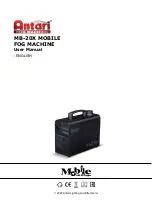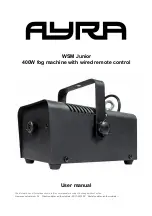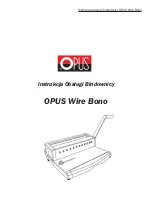Pfaff select 150, Owner'S Manual
The Pfaff select 150 owner's manual is essential for anyone seeking guidance on operating this exceptional sewing machine. With just a few clicks, you can easily download this comprehensive manual for free from our website, manualshive.com. Discover all the incredible features and unleash your creativity effortlessly with this high-quality product.

















